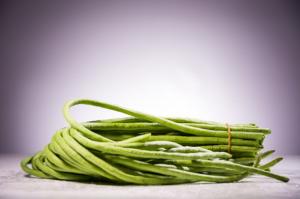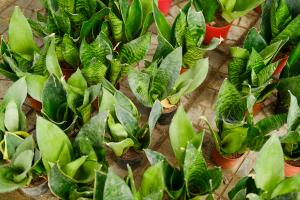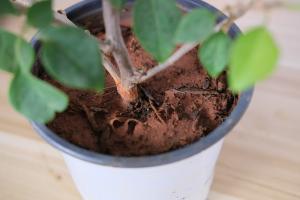Introduction
Are gardenias good indoor plants? That’s a question that garden enthusiasts often ask when looking for indoor plants that will add beauty and fragrance to their homes. Gardenias are popular ornamental plants with glossy green leaves and sweet-smelling flowers. They are native to Asia and are often grown for their beautiful blooms and pleasant aroma. In this article, we will explore why gardenias make excellent indoor plants and how you can care for them to keep them healthy and thriving.
Benefits of Growing Gardenias Indoors
One of the primary benefits of growing gardenias indoors is the beauty they add to any room. These plants produce gorgeous white flowers that look stunning against the deep green leaves. Gardenia flowers are often used in weddings and other special events because of their beauty and delightful fragrance.
Another benefit of growing gardenias indoors is that they help purify the air in your home. According to NASA, gardenias are effective at removing harmful toxins such as benzene, trichloroethylene, and formaldehyde from the air. These toxins are commonly found in household cleaners, paints, and other products, and can cause health problems if left unchecked.
Caring for Gardenias Indoors
Gardenias require specific care to thrive indoors. Here are some tips to help you care for your indoor gardenia:
Light: Gardenias need bright, indirect light to grow. They do not tolerate direct sunlight, as it can burn their leaves.
Water: Gardenias need to be watered regularly but not too often. They prefer to be in moist soil, but too much water can cause their roots to rot. Water your gardenia when the top inch of soil is dry to the touch.
Humidity: Gardenias thrive in high humidity. If the air in your home is dry, consider placing a humidifier near your plant or misting it with water once a day.
Temperature: Gardenias prefer a temperature range of 65-75°F. Avoid placing your gardenia near drafts or cold windows, as this can cause damage to the plant.
Fertilizer: Gardenias need regular fertilization to grow. Use a fertilizer specifically designed for acid-loving plants and follow the instructions carefully.
Pruning: Prune your gardenia regularly to keep it looking neat and tidy. Remove any dead or damaged branches and pinch back new growth to encourage branching.
Conclusion
Gardenias make wonderful indoor plants, adding beauty and fragrance to any home. However, they require specific care to thrive, including proper lighting, watering, humidity, and temperature. With a little attention and care, your indoor gardenia can provide you with years of enjoyment and beauty.

 how many times do yo...
how many times do yo... how many planted tre...
how many planted tre... how many pine trees ...
how many pine trees ... how many pecan trees...
how many pecan trees... how many plants comp...
how many plants comp... how many plants can ...
how many plants can ... how many plants and ...
how many plants and ... how many pepper plan...
how many pepper plan...
































